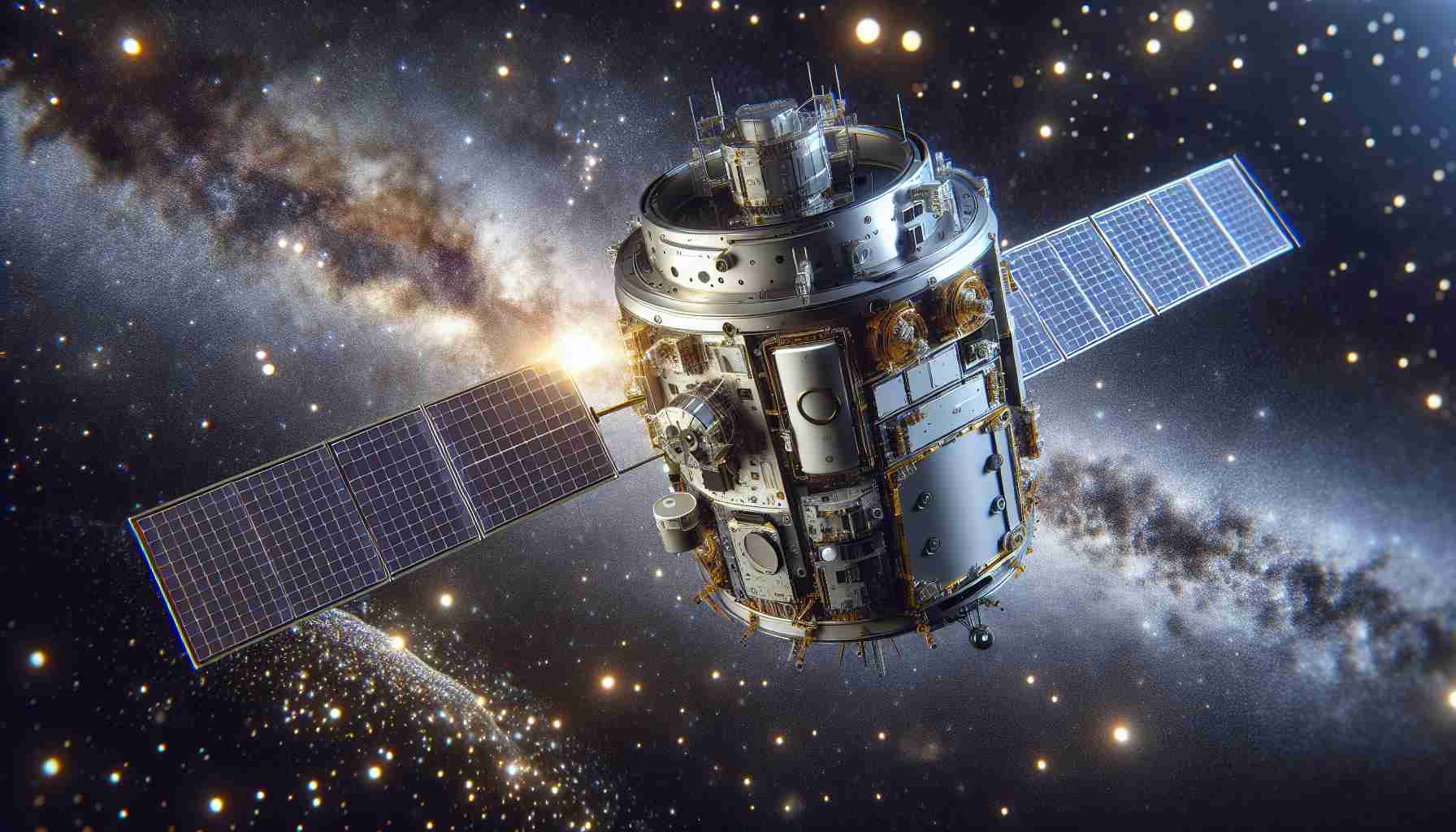Exploring the Universe: Pandora’s Role in Exoplanet Research
The quest for understanding our universe is expanding rapidly, with an impressive 5,819 confirmed exoplanets discovered across 4,346 star systems. The discoveries originate predominantly from missions like the Kepler Space Telescope and the Transiting Exoplanet Survey Satellite (TESS). As we continue to explore, major advancements like the James Webb Space Telescope and the upcoming Nancy Grace Roman Space Telescope promise an exciting future of astronomical exploration.
A new ally in this endeavor is the innovative Pandora satellite, which recently reached a significant milestone with the completion of its spacecraft bus, the essential framework that sustains its operations. Funded through NASA’s Astrophysics Pioneers program, Pandora represents a collaborative effort between the Lawrence Livermore National Laboratory and NASA’s Goddard Space Flight Center.
Pandora’s mission is particularly groundbreaking. The satellite will analyze exoplanet atmospheres and monitor their host stars through extensive, long-term observations. This might allow scientists to discern the chemical makeup of these distant worlds, including the detection of vital “biosignatures.” Over the course of its year-long primary mission, Pandora aims to study 20 stars and 39 exoplanets, allowing for insights into the presence of clouds and water.
With capabilities that leverage the data from larger telescopes, Pandora is set to illuminate the mysteries of distant habitable worlds. The mission holds potential not just for astronomical discovery, but also for the future of planetary science as a whole.
Beyond Discovery: The Broader Implications of Exoplanet Research
The ongoing exploration of exoplanets through missions like Pandora is reshaping our understanding of the universe and humanity’s place within it. In an era defined by climate uncertainty and environmental challenges, the search for potentially habitable worlds fosters a renewed appreciation for our own planet. This quest is not merely an academic exercise; it underscores the fragility of Earth as we consider the sustainability of life beyond our atmosphere.
Furthermore, advancements in exoplanet research have profound implications for global collaboration. As nations pool resources and expertise, these scientific endeavors transcend borders, fostering a culture of shared knowledge and cooperation. This collaboration could spur technological innovations with cross-industry applications, enhancing fields such as materials science, data processing, and environmental monitoring.
On an environmental front, studying alien atmospheres may inform our understanding of greenhouse gases and climate dynamics. The chemical signatures identified in exoplanetary atmospheres can provide insights into how habitable conditions are maintained, helping us to draw parallels and contrasts with Earth’s own atmospheric evolution.
As these technologies advance, we may witness a surge in interest from tourism to astronomy, connecting people to the cosmos in unprecedented ways. The long-term significance of exoplanet exploration lies not just in answering if we are alone but in inspiring a collective stewardship of our own planet. By recognizing the diversity of planetary systems, we begin to appreciate the unique, delicate balance of our own environment, guiding humanity toward a more sustainable future.
Unlocking the Cosmos: How Pandora Will Revolutionize Exoplanet Studies
Exploring the Universe: Pandora’s Role in Exoplanet Research
The quest to understand our universe is reaching new heights, with a staggering 5,819 confirmed exoplanets identified across 4,346 star systems. Key missions such as the Kepler Space Telescope and the Transiting Exoplanet Survey Satellite (TESS) have paved the way for these discoveries. The anticipation builds with the launch of groundbreaking instruments like the James Webb Space Telescope and the upcoming Nancy Grace Roman Space Telescope, promising a new era of astronomical exploration.
Among the most recent additions to this extraordinary initiative is the innovative Pandora satellite. Recently, it achieved a significant milestone with the completion of its spacecraft bus—an essential framework that underpins its operations. Funded through NASA’s Astrophysics Pioneers program, Pandora results from a noteworthy collaboration between the Lawrence Livermore National Laboratory and NASA’s Goddard Space Flight Center.
Pandora’s Groundbreaking Mission
Pandora’s mission is positioned as a pivotal advancement in exoplanet research. This satellite will meticulously analyze the atmospheres of exoplanets and monitor their host stars through extensive long-term observations. Such capabilities may empower scientists to unravel the chemical compositions of these far-flung worlds, enabling the detection of critical “biosignatures.” Over its planned year-long mission, Pandora is set to study 20 stars and 39 exoplanets, providing invaluable insights into the presence of clouds and water in these distant atmospheres.
Key Features and Innovations
– Advanced Technology: Pandora is equipped with state-of-the-art instruments that enhance its observational capabilities, allowing it to gather data that complements larger telescopes. This technology is crucial for testing theories about planetary formation and habitability.
– Comprehensive Data Collection: The satellite will conduct long-term monitoring, making it one of the first missions to collect extensive temporal data on exoplanet atmospheres. This could be instrumental in understanding dynamic processes such as weather patterns on distant planets.
– Focus on Habitable Zones: By specifically targeting stars within the habitable zones of their planetary systems, Pandora aims to reveal the conditions that could support life.
Insights and Future Implications
The implications of Pandora’s findings could be transformative for planetary science and astrobiology. Understanding how exoplanet atmospheres evolve will be critical in assessing their habitability, potentially guiding future exploratory missions.
Potential Limitations
Despite the promise of Pandora’s mission, there are inherent limitations:
– Mission Duration: The primary mission span of one year may limit the depth of data collected, particularly in understanding seasonal or long-term atmospheric changes.
– Targeted Number of Exoplanets: With the focus on 39 exoplanets, the breadth of data may not encapsulate the diversity of exoplanetary systems, necessitating future missions to expand upon Pandora’s legacy.
Pricing and Funding Insights
The funding for Pandora’s mission, provided through NASA’s Astrophysics Pioneers program, underscores the agency’s commitment to advancing our understanding of the cosmos, with costs being closely monitored to ensure the mission remains within budgetary limits.
Conclusion
Pandora represents an exciting evolution in the field of exoplanet research, set to enhance our understanding of other worlds significantly. The continued exploration of exoplanets not only unravels the mysteries of the universe but may also answer the profound question of life’s existence beyond Earth.
For more information on the ongoing advancements in astronomical exploration, visit NASA.


















